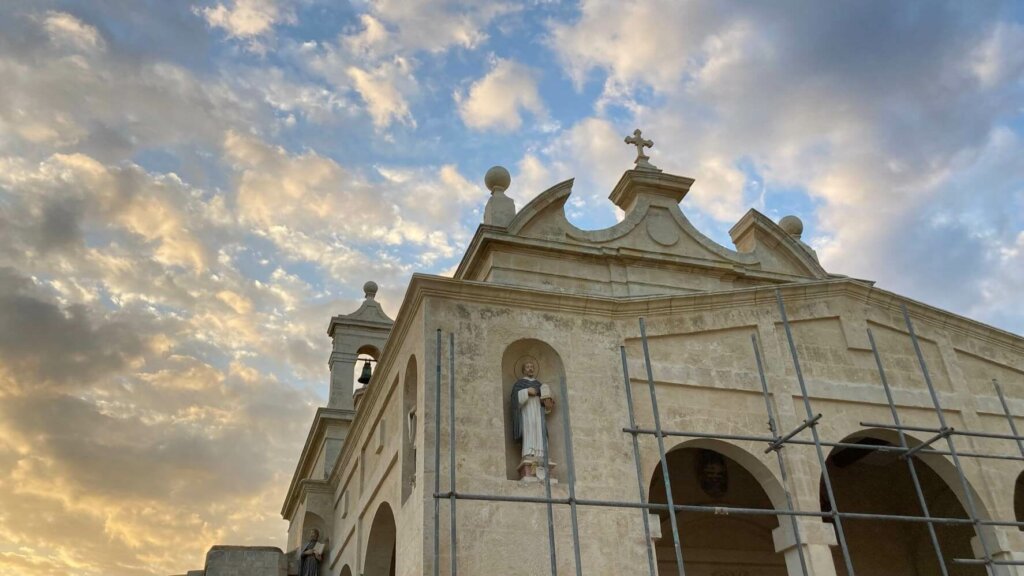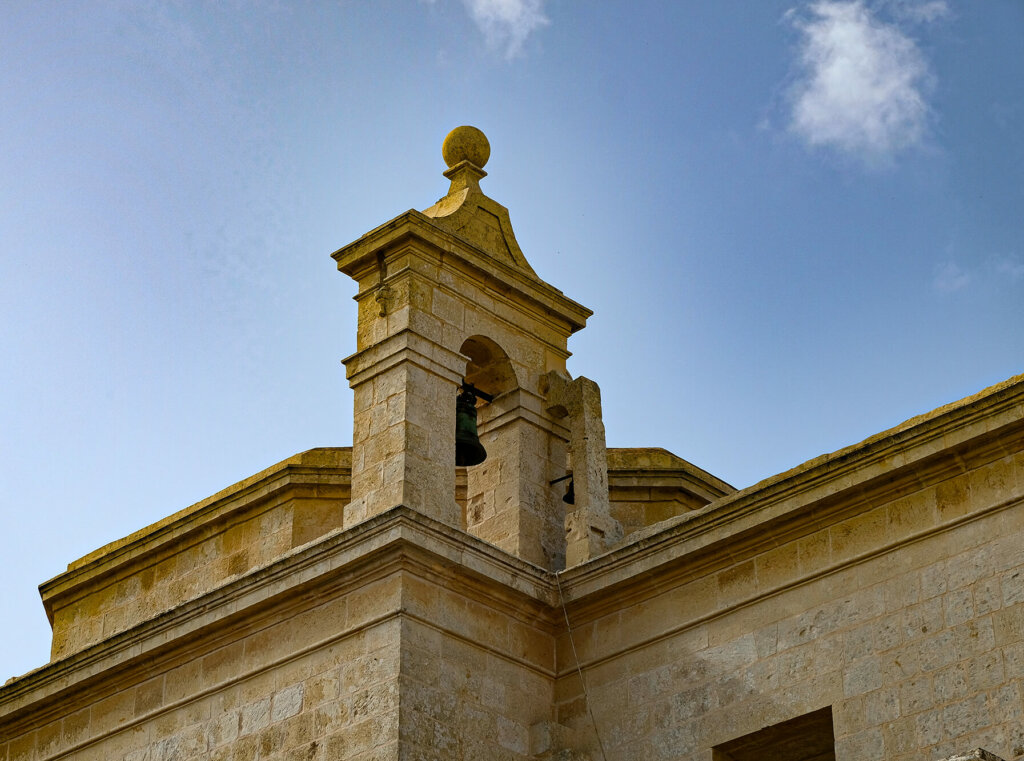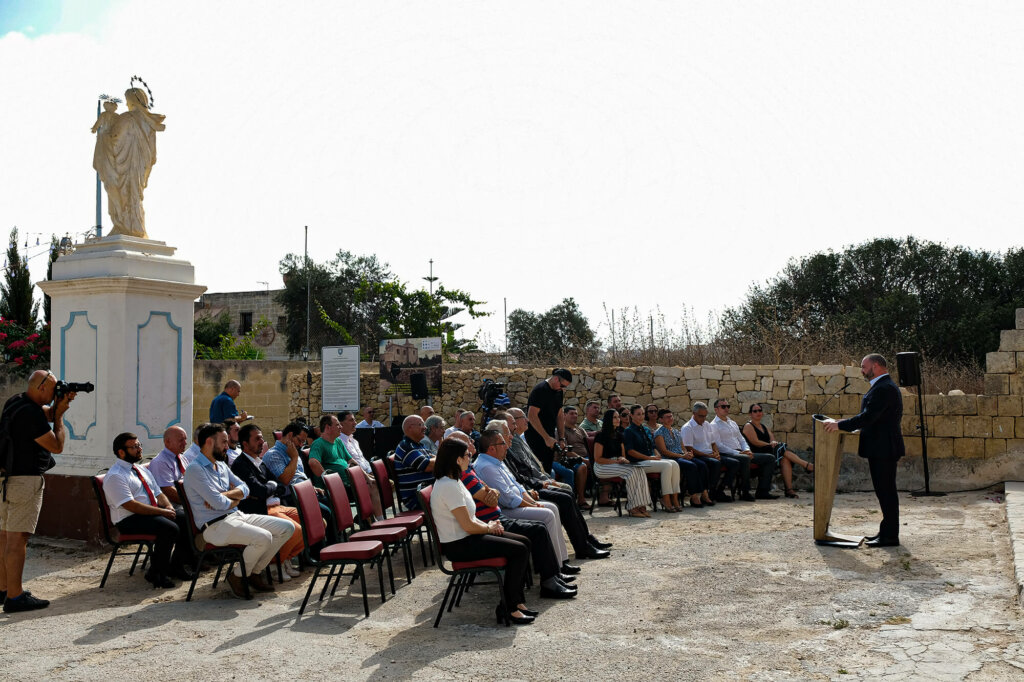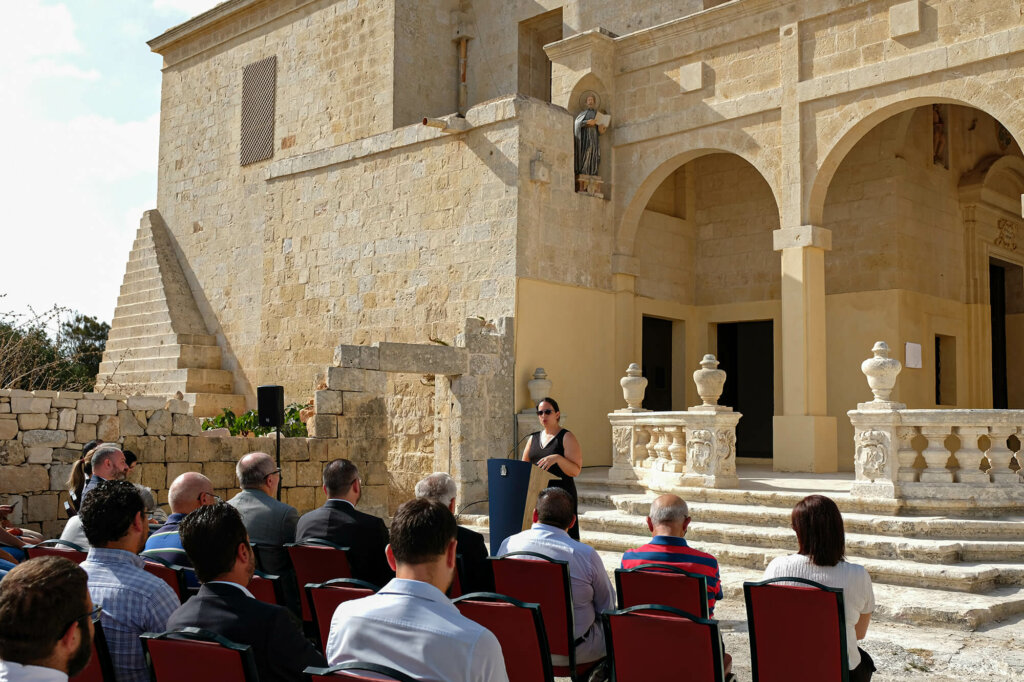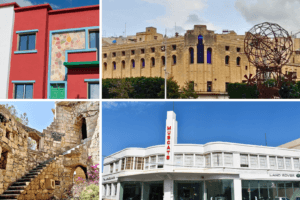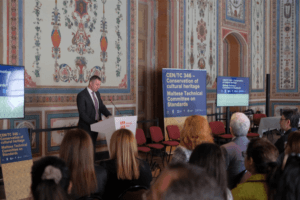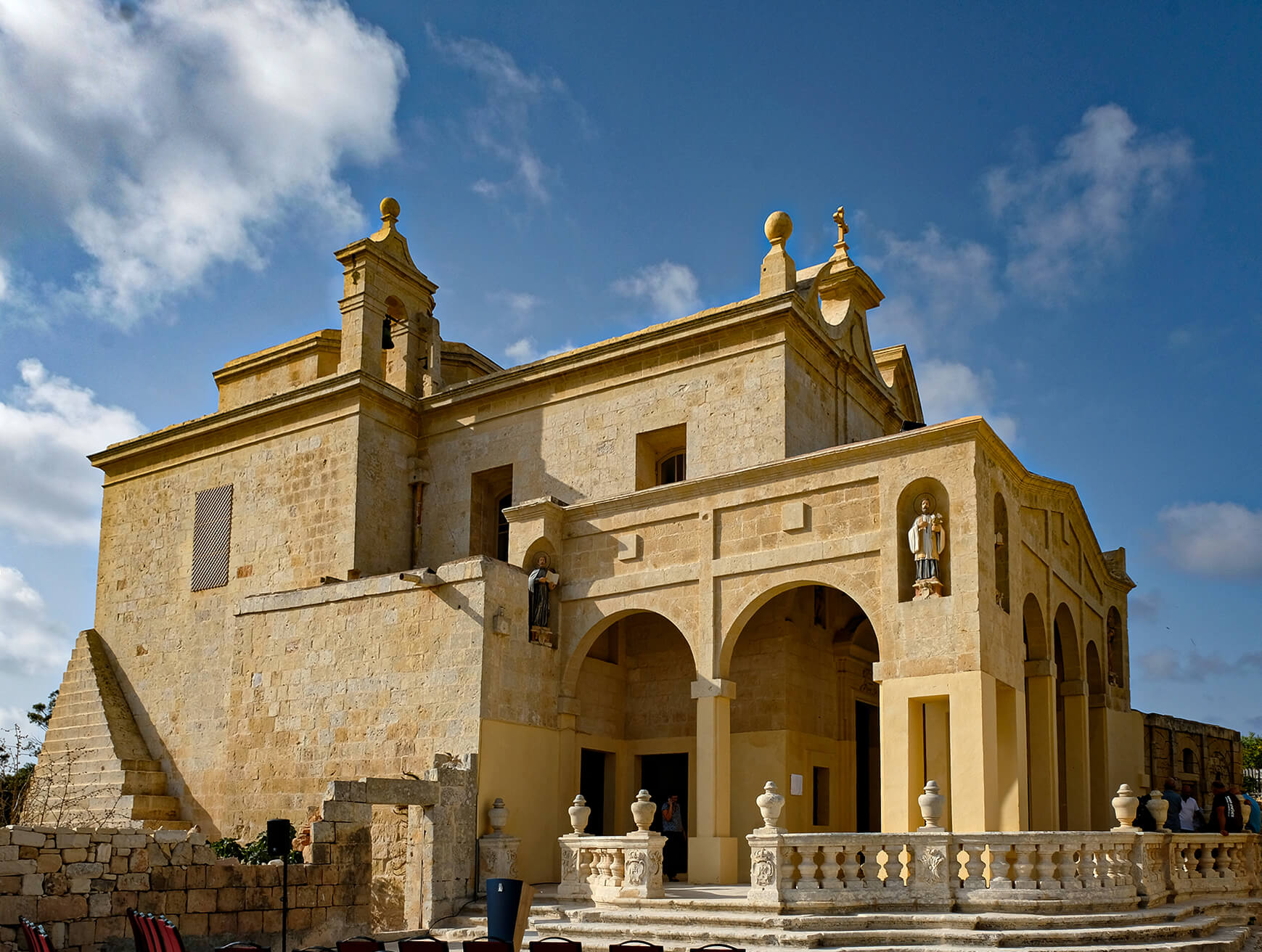
THE RESTORATION OF TAL-ĦNIENA CHAPEL, QRENDI: A multifaceted project
The restoration project of the 17th century Baroque Tal-Ħniena Chapel (also known as Shrine of Our Lady of Mercy) in the outskirts of Qrendi was conducted in multiple phases that involved an archaeological investigation, post-excavation analysis, and internal and external restoration of the Chapel.
The Superintendence of Cultural Heritage first embarked on an archaeological investigation within the confines of the Chapel, which involved the removal of existing floor tiles and underlying preparation layers. This resulted in the discovery of walls defining an older structure that had survived within the enclosed space of the new Baroque church, indicating that the new Church had in fact been built above an older and smaller chapel, dating to the Late Medieval period. This investigation also provided important data on the potential use of the area pre-dating the construction of this Late Medieval chapel, as suggested by archaeological deposits underlying its foundations.
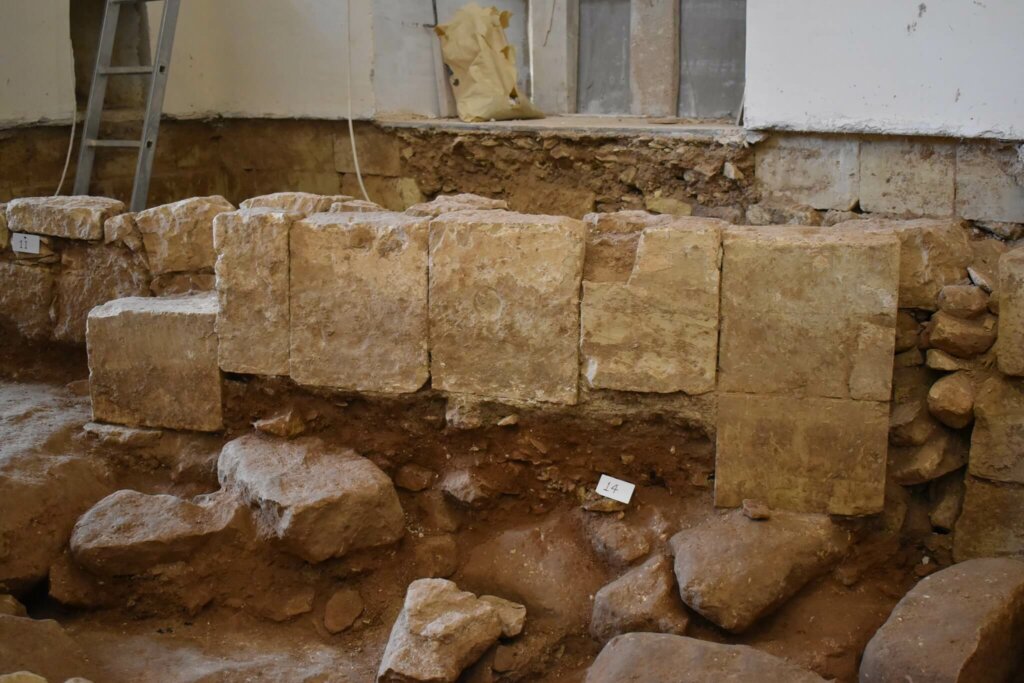
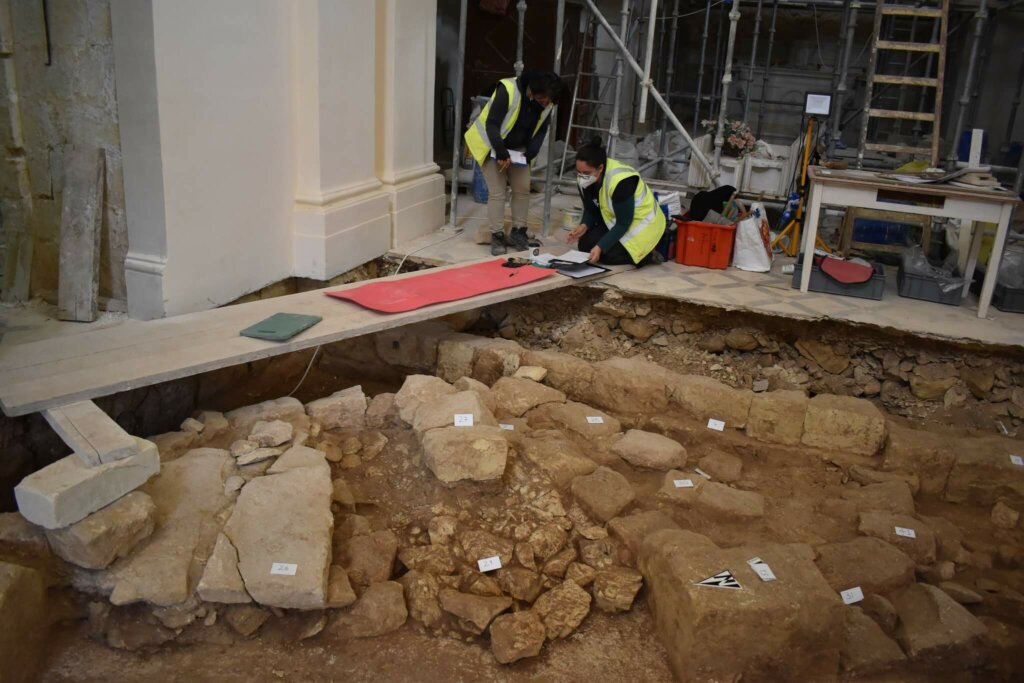
The investigation was then followed by a post-excavation analysis of the finds and the restoration of the Chapel, which is itself of great elegance, having a front porch with pillars and statues, and internally dominates a sculpted reredos with angels and clouds with a lunette at the top having the Virgin lady’s crown irradiated by rays and stars. During the cleaning works of the reredos, the Restoration Directorate had noticed the presence of polychromatic paints underneath the uniform whitewash which had covered the walls for decades. The authorities decided to remove the existing white paint and liberate the underneath decoration which could be seen in fragments.
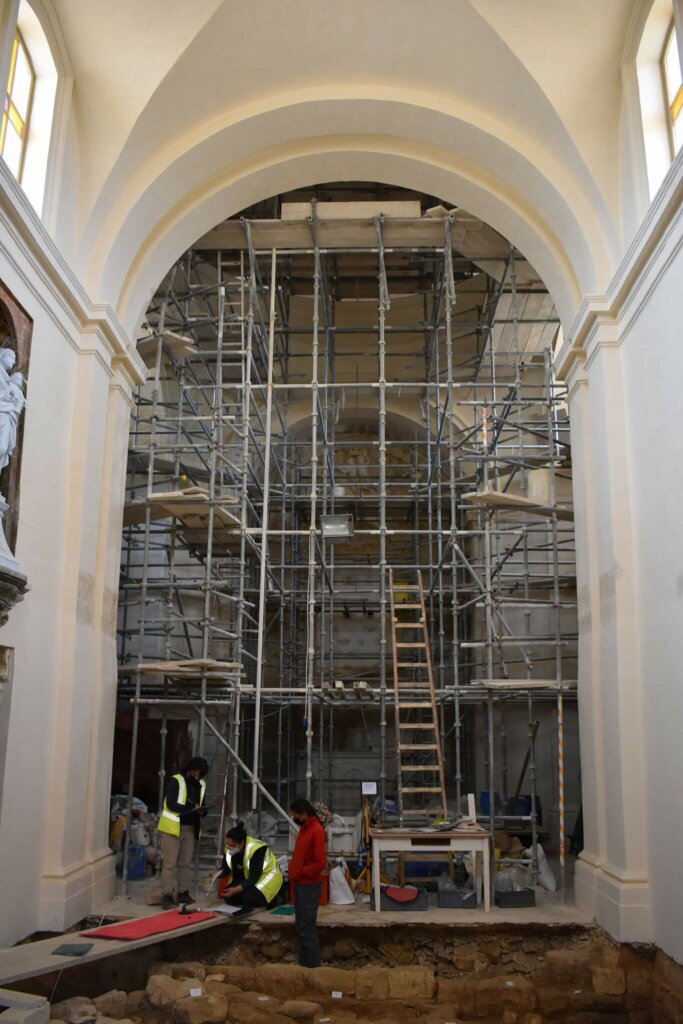
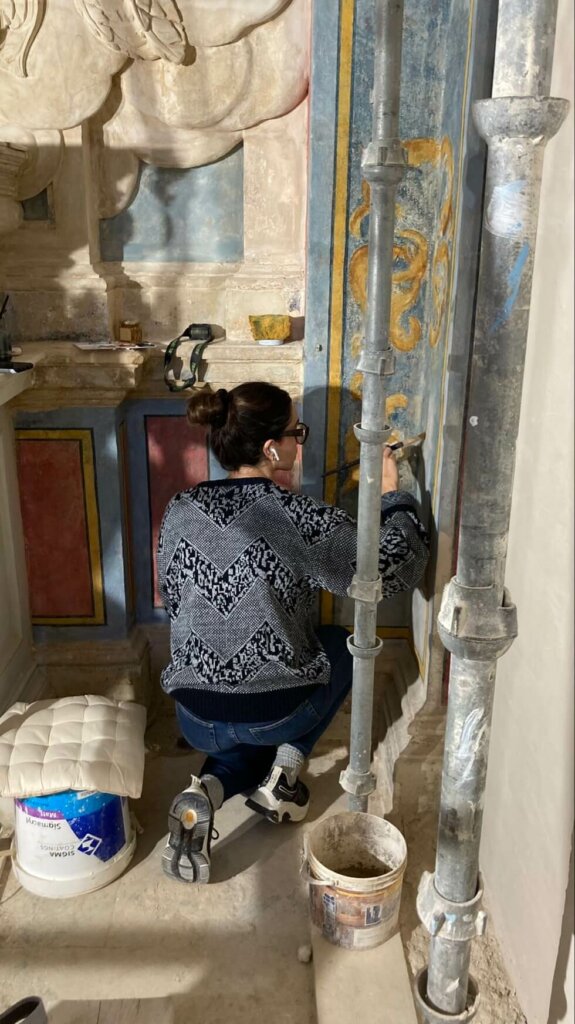
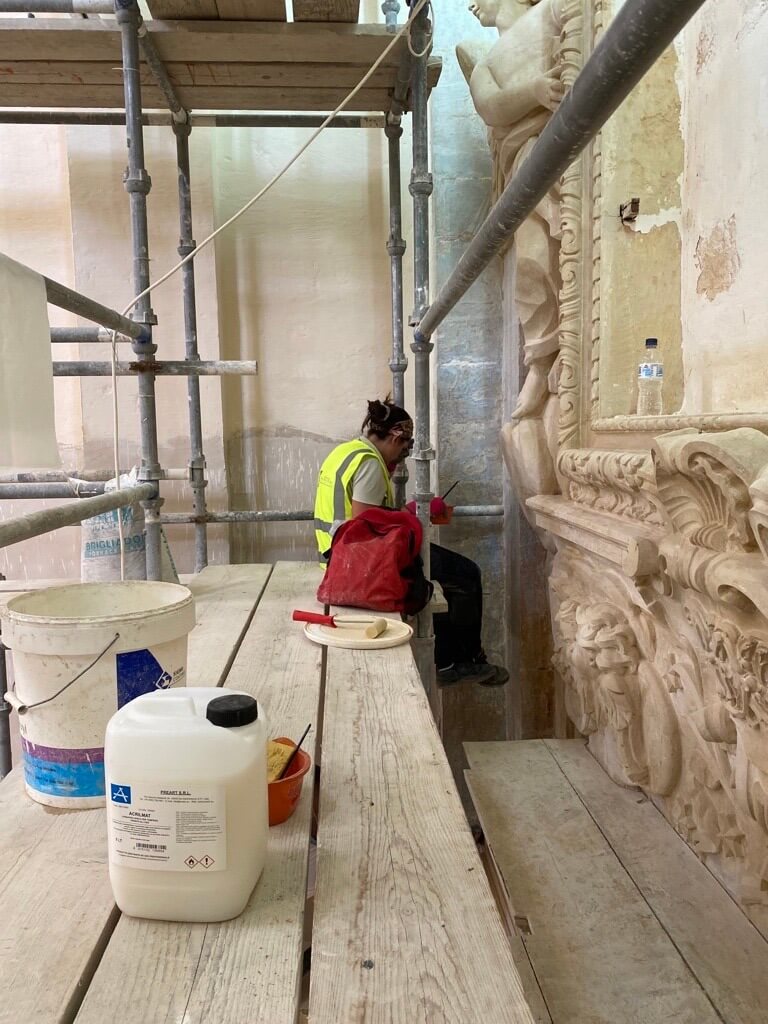
The project, which saw the direction collaboration of the Superintendence of Cultural Heritage and the Restoration Directorate, was inaugurated in September 2022.

